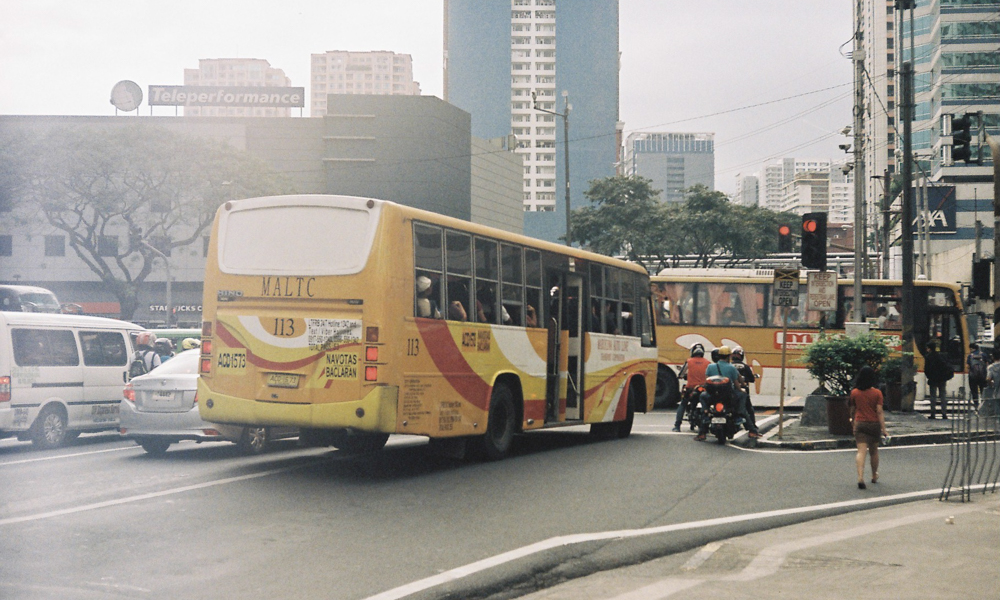
Remember our previous article on the Department of Transportation wanting to recommend an increase in passenger capacity for public utility vehicles? Well, it is now ready to defend its proposal this October 28 to the Inter-Agency Task Force for the Management of Emerging Infectious Diseases after submitting its formal position paper during a recent senate hearing. The agency is saying that the passenger capacity “can be increased up to 100% based on medical literature that is available.”
If you’re curious about the DOTr’s arguments regarding the increase in capacity for PUVs, here they are:
1. Metro Manila is now under Alert Level 3, which allows for more businesses to open, and more people going out, which resulted in greater demand for public transport. Studies have shown that reliance on complete face mask use and partial hand sanitizer use was proven enough to contain three very modest COVID-19 waves while preserving normal bus services. Other studies have also revealed that passengers in the high-risk zones (seats in the same row with an infected passenger and within three rows) had a moderate but not significantly higher risk and that “rigid” safe distancing rules are an oversimplification based on outdated science and experiences of past viruses.
2. The livelihood of public transport drivers and operators was severely affected with passenger capacity in public transport maintained at 50%. Increasing passenger capacity will mean higher revenue for the public transport sector. This will be a welcome development considering the increase in expenses brought by increasing fuel prices.
3. Metro Manila is the ideal place to test the proposal considering that 81.4% of its population is now fully vaccinated against COVID-19. In addition, public utility jeepneys and buses operating in Metro Manila are well-ventilated.
4. The DOTr had also conducted a rapid analysis of available data on COVID-19 cases (seven-day average cases per one million population) and public transport capacity, which covered 10 countries (Philippines, Indonesia, Thailand, Japan, Taiwan, Singapore, China, Australia, Vietnam, and Malaysia). It was found out that public transport capacity has no significant correlation with the number of COVID-19 cases
5. Evidence also suggests that a high vaccination rate prompts an increase in allowed PUV capacity.
Should this be approved by the IATF, there will be a pilot run in Metro Manila.
The DOTr also requested the Department of Energy to provide additional fuel subsidies for PUV drivers, adding to the announcement of the Development Budget Coordination Committee’s release of P1 billion to the Land Transportation Franchising and Regulatory Board for use as financial aid.
There have been previous initiatives that also provided incentives like the Service Contracting Program where drivers and operators are paid on a per-kilometer basis, and the “Libreng Sakay” project for medical frontliners, Authorized Persons Outside Residence, and essential workers.
Considering that fuel prices are currently on an upward trend (and looking like it won’t slow down), this is a logical move since the rising cost of oil should not be shouldered by passengers or operators.
Here’s to hoping that increasing the passenger capacity on PUVs will help lessen the burden on drivers, operators and commuters. Of course, it just has to be done safely, because the risk of carrying and spreading the virus is still high even if you are vaccinated.











Comments